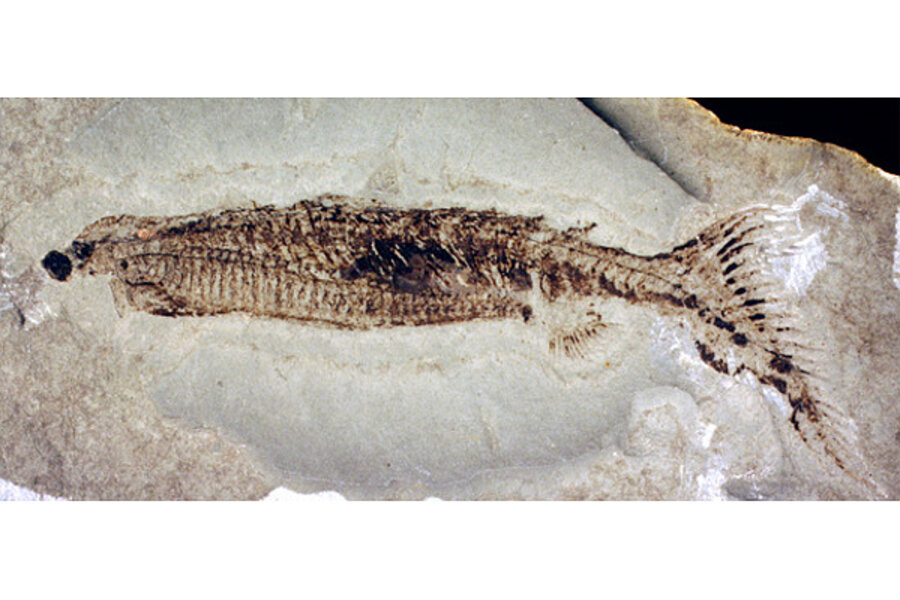Primitive fish with 'butt fins' reveals evolution's quirky path
Loading...
A 370-milion-year-old primitive fish sported a weird pair of fins just below its anus, new research shows.
The strange appendages, detailed today (April 9) in the journal Biology Letters, were found on an ancient jawless fish called Euphanerops longaevus that lived around the time that jawless fishes like lampreys split off from jawed vertebrates, which include everything from sharks to humans.
"What's weird about this organism is that it had a paired anal fin. It's unique — no other known fossil or modern fish is known to have that disposition," said study co-author Robert Sansom, a paleontologist at the University of Manchester in the U.K.
The findings suggest that early in primitive vertebrates' history, evolution experimented with a number of wacky body plans, only some of which survived, Sansom told LiveScience.
Early fish
The Euphanerops fish were 3.9 inches (10 centimeters) long and looked somewhat like modern-day eels. The specimens were unearthed in a fossil bed in Miguasha, Quebec, decades ago, and were stored in collections in the Natural History Museum in London and the Museum d'Histoire Naturelle, Miguasha, in Quebec.
Previously, researchers weren't sure exactly what to make of the creatures' weird fins. Some thought the anal appendages might actually have been displaced from another part of the animal's body in the fossilization process.
Early body plan
The researchers weren't convinced of the displacement explanation. By comparing the 3D surfaces of the fossil under a microscope, the team concluded that the fin pair was actually located below the anus on the living creature. Though it's not clear exactly how the fins were used, the fins most likely helped the fish get around, Sansom said.
The fossil dates to a critical period of vertebrate evolution: Jawed and jawless vertebrates diverged roughly around this time. Eventually jawed fish developed paired fins (but not anal fins) that evolved to become arms and legs. In fact, the same genes code for shark fins and human limbs.
The discovery changes the view of how fishes were evolving at this time, Sansom said.
"Rather than gradual acquisition of complex characteristics, maybe there was a bit more experimentation and odd acquisitions," he said.
Specialized trait?
The finding of paired anal fins is "beautifully illustrated," said Michael Coates, a vertebrate paleontologist at the University of Chicago, who was not involved in the study.
"It might just be the first vestige, it might be some kind of precursor to generating paired fins" that are commonly seen throughout jawed vertebrates, Coates told LiveScience.
But it's also possible they were a specialized trait that only Euphanerops possessed, not reflective of the evolutionary history of jawed vertebrates as a whole, Coates said.
Follow Tia Ghose on Twitter @tiaghose. Follow LiveScience@livescience,Facebook &Google+. Original article on LiveScience.com.
- Image Gallery: 25 Amazing Ancient Beasts
- Top 10 Useless Limbs (and Other Vestigial Organs)
- In Photos: Spooky Deep-Sea Creatures
Copyright 2013 LiveScience, a TechMediaNetwork company. All rights reserved. This material may not be published, broadcast, rewritten or redistributed.







